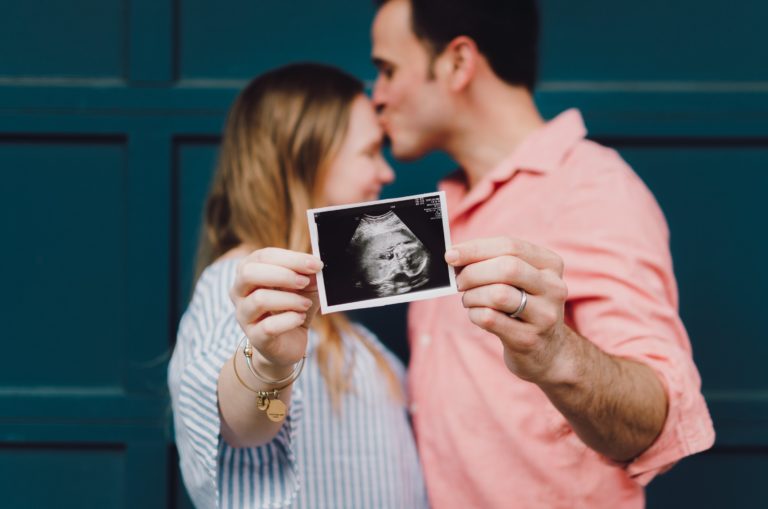
The Lingering Impact of Birth Mode
No woman should ever feel any guilt or judgment surrounding the way her baby was born. Every birth is an act of heroism in its own special way.
Comparisons between C-sections and ‘natural births’ are loaded. It’s a huge topic, and it requires an equally huge level of sensitivity – but, it is also of vital importance that the science highlighting the differences between the gut microbiome of a C-section baby compared to a vaginally born baby is getting out there, and that it’s not pushed awkwardly to the side, for fear of offending people.
C-sections are life savers, and we are so lucky they exist, however, their usage is increasing (not necessarily by choice!), and not everyone is made aware of the potential impact that this may have on the future health of their baby (1). If you are lucky enough to have a choice of birth mode for your baby, it’s powerful to know the facts.
This article will highlight some of the main differences seen between the gut microbiome of vaginally born babies, compared to the gut microbiome of C-section babies, in the first year of life (2).
What Do We Know So Far?
The baby’s first year of life offers a ‘critical window’ for physical growth and the healthy development of the immune system (2). We know that the baby’s gut microbiome, how well it functions, and the types of bugs it houses, plays a huge role in this development (2). We also know that whether a baby is born vaginally or via C-section, whether they’re breast or formula-fed, and any medications they may be given, all have a pretty dramatic impact on the composition of a baby’s gut microbiome in those early days (2).
One study comparing the gut microbiome of vaginally born babies to c-section born babies at 1 month of age, 6 months of age, and then 1 year of age found some fascinating differences between the two (2). Here are five interesting takeaways from the study (2)*.
How Is This Knowledge Helpful?
This information is critical for parents-to-be, those who’ve already had babies, and healthcare professionals everywhere.
For parents-to-be, understanding the impact that birth mode has on your baby’s gut and future health can help you to weigh up pros and cons if you are presented with a choice of birth mode. If you’ve had to undergo a C-section, or you’ve decided a C-section is the best option for your situation, this knowledge can still empower you to explore other known ‘gut-microbiome-supporting’ options that can positively impact your newborn’s gut, such as breastfeeding or owning a pet (3)!
On top of all this, information like this paves the way for more research into interventions that may help resolve imbalances in a C-section baby’s gut microbiome (1). Current research on interventions like vaginal seeding (where vaginal bacteria is transferred to a newborn – do not try at home!), and the use of probiotic supplements for newborns are promising, and may help to restore a C-section bub’s gut microbiome with all the beneficial bacteria they need for a strong start to life (4, 5).
References


This website and the information it contains is not intended as a substitute for professional consultation with a qualified practitioner.
© MothersBabies Ltd. View our Terms of Use & Privacy Policy
Search MothersBabies
Looking for something in particular? Find it here using our search query function. Simply type in your keyword and click the icon.
Recent Articles






Join Us